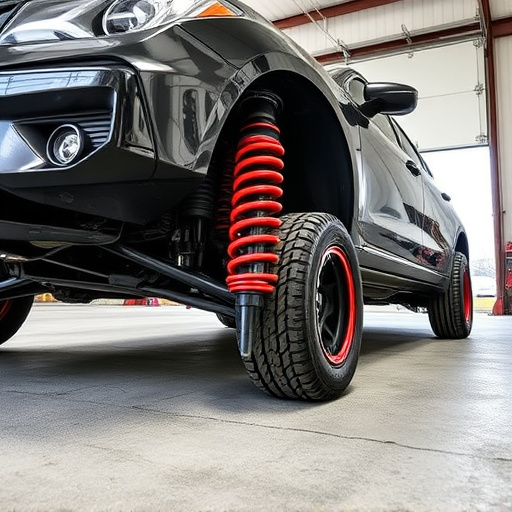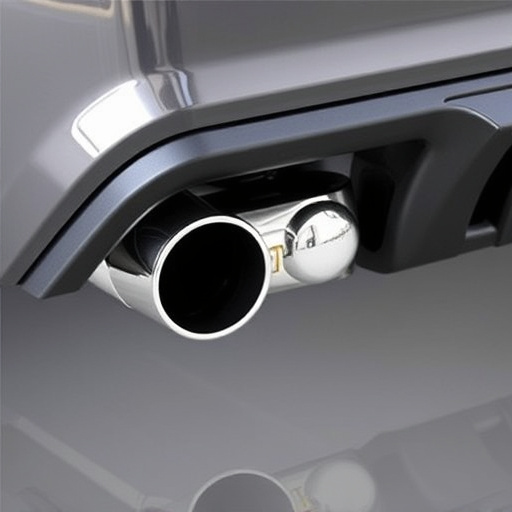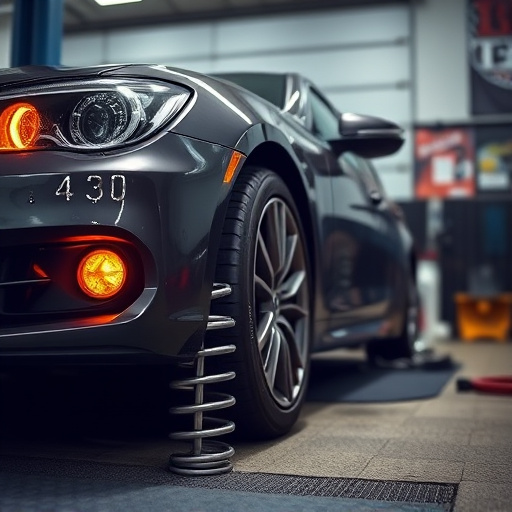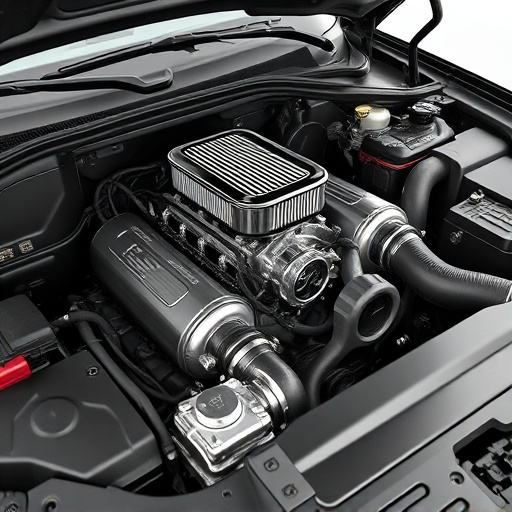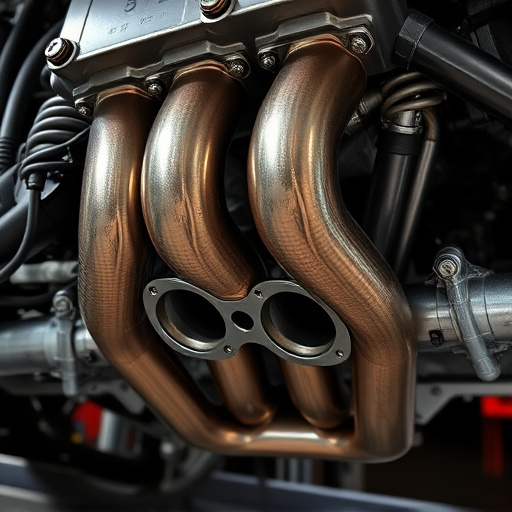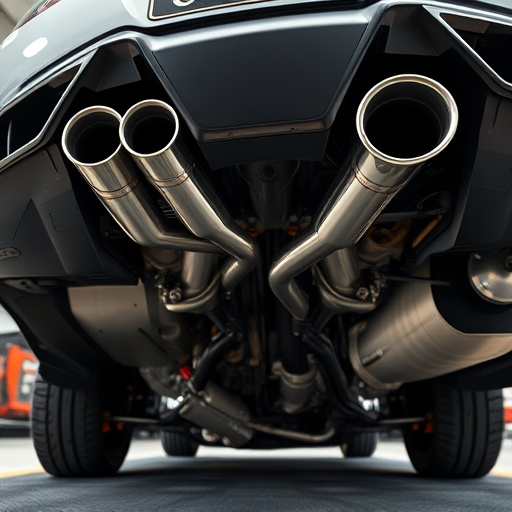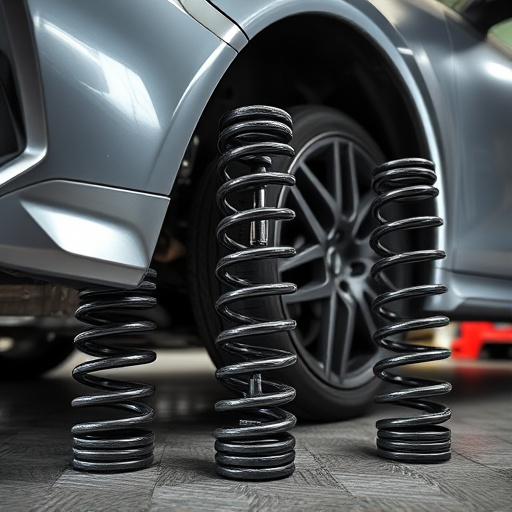Clutch and flywheel kits are key performance upgrades for vehicles, enabling smoother gear changes and efficient power transfer. When selecting an upgrade kit, consider vehicle compatibility (make, model, year), driving habits, and existing component condition. Proper installation is critical, including pre-installation damage checks, alignment, spacing, and securing bolts to manufacturer specs. This ensures safe, efficient performance, especially with high-performance exhaust systems.
Are you ready to elevate your vehicle’s performance? This guide is your compass when navigating the world of clutch and flywheel kits. These components play a pivotal role in your car’s transmission system, influencing acceleration and overall driving experience. Understanding their compatibility with your vehicle is key. We’ll walk you through the factors to consider, ensuring a seamless installation for optimal performance.
- Understanding Clutch and Flywheel Kits: Their Role and Function
- Factors to Consider When Choosing Compatible Kits for Your Vehicle
- How to Ensure a Secure Fit and Optimal Performance Post-Installation
Understanding Clutch and Flywheel Kits: Their Role and Function
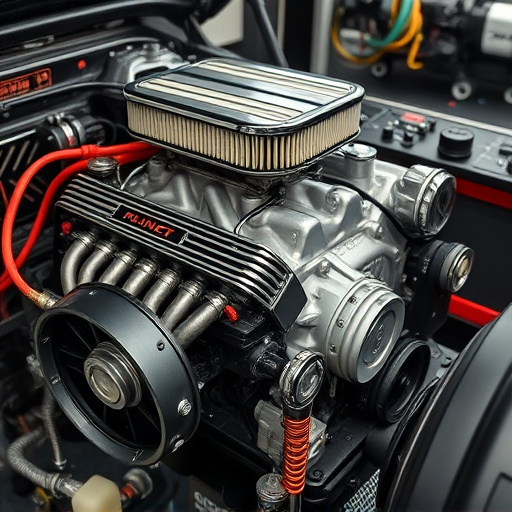
Clutch and flywheel kits are essential components for any vehicle seeking an upgrade or performance optimization. These kits play a pivotal role in enhancing the car’s drivability, response, and overall power delivery. The clutch, a critical mechanical link between the engine and transmission, facilitates smooth gear changes by allowing the driver to disengage the power transfer. In contrast, the flywheel stores and releases rotational energy, ensuring seamless and efficient power flow from the engine to the transmission system.
When considering a clutch and flywheel kit upgrade, it’s crucial to understand their interaction with other vehicle systems. For instance, high-performance exhaust systems and muffler tips can influence air circulation and engine temperature, indirectly affecting clutch performance. Similarly, air filter kits, by improving air intake, may enhance engine efficiency, which in turn optimizes the overall functionality of the clutch and flywheel setup. Such upgrades often work synergistically to deliver a more responsive and powerful driving experience.
Factors to Consider When Choosing Compatible Kits for Your Vehicle

When selecting a clutch and flywheel kit for your vehicle, several key factors come into play to ensure optimal performance and longevity. First and foremost, understanding your vehicle’s make, model, and year is essential. Different automotive manufacturers have specific requirements and designs for their clutches and flywheels, so ensuring compatibility is paramount. Moreover, considering the type of driving you do regularly can influence your choice; whether it’s daily commuting, off-roading, or high-performance driving, each scenario may require unique kit specifications.
Another aspect to consider is the overall health of your vehicle’s components. Inspecting items like brake rotors, exhaust tips, and air intake systems can provide valuable insights into potential upgrades needed alongside the clutch and flywheel kit. Ensuring these parts are in good condition or compatible with the new kit will contribute to a smoother installation process and better overall performance.
How to Ensure a Secure Fit and Optimal Performance Post-Installation
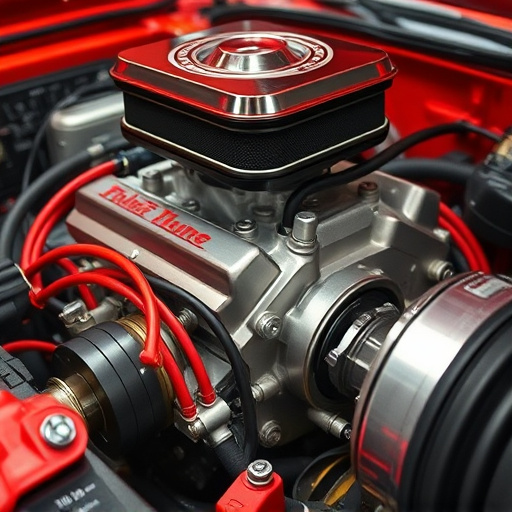
To ensure a secure fit and optimal performance post-installation of your clutch and flywheel kit, it’s crucial to follow several key steps. First, carefully inspect all components for any signs of damage or wear before installation. Even minor imperfections can compromise the integrity of the assembly, leading to reduced durability and potential safety hazards.
Next, ensure proper alignment and spacing during installation. Refer to the manufacturer’s instructions or consult a professional mechanic if needed. The clutch and flywheel must be perfectly aligned with the vehicle’s transmission and engine for smooth operation. Additionally, check that all bolts are tightened securely according to the recommended torque specifications. This includes not only the clutch and flywheel but also any associated brake components, as proper tensioning is vital for safe and effective stopping power, especially when paired with high-performance exhaust systems.
When it comes to enhancing your vehicle’s performance, installing a compatible clutch and flywheel kit is a game-changer. By understanding the crucial role these kits play and considering key factors for selection, you ensure optimal engine response and durability. With the right setup, you’ll experience smoother gear changes and improved overall driving dynamics. Remember, a secure fit is paramount, so follow installation guidelines carefully to unlock your vehicle’s full potential.



